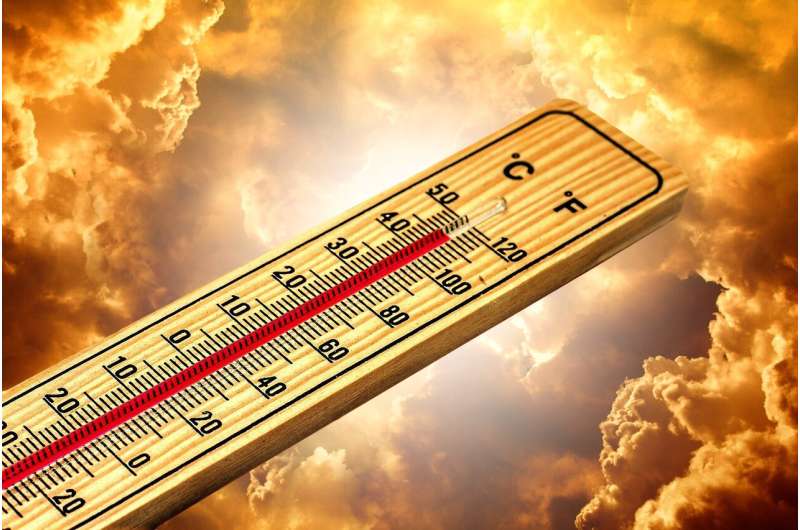The article explores how mainstream climate science endorsed the idea of ‘overshoot’ scenarios, which involve temporarily exceeding the 1.5°C temperature target before using carbon removal methods to reverse the damage. However, a new study has found that this ‘time machine’ approach is not feasible, as many climate impacts are irreversible. The author argues that we must confront the reality that ambitious climate action requires confronting the fossil fuel industry and the status quo, rather than relying on unproven future technologies. Paris Agreement, IPCC, Climate Change

The Myth of the Climate Change Time Machine
When the Paris Agreement on climate change was signed in 2015, it set an ambitious target of limiting global warming to 1.5°C above pre-industrial levels. This was seen as a major victory for climate activists and delegates from the world’s poorest regions, which have contributed the least to the climate crisis but stand to suffer the most.
However, a new study published in Nature has found that the idea of ‘overshooting’ this target and then using carbon removal methods to reverse the damage is not feasible. The study confirms that many climate impacts are essentially irreversible, and that even if temperatures eventually fall back to 1.5°C, the damage and losses from the overshoot period would be permanent.
The Dangerous Allure of Overshoot Scenarios
The overshoot scenarios emerged in the early 2000s as a way to make climate action more palatable from an economic standpoint. Rapid emissions cuts were deemed too costly, so the models pushed the burden into the future, banking on the ability to reverse the damage later using large-scale carbon removal.
This approach was then picked up by the IPCC, the world’s foremost authority on climate science, further legitimizing the idea. Suddenly, the ambitious 1.5°C target was not a hard limit, but rather something that could be temporarily exceeded before being brought back down.
This, the authors argue, was a dangerous illusion. Planting enough trees or using direct air capture to meaningfully reduce global temperatures would require land and energy resources on a scale that is simply not feasible. And the impacts that accumulate during the overshoot period, such as heat waves, droughts, and sea-level rise, cannot simply be undone.
By conjuring up the fantasy of overshoot-and-return, scientists effectively helped delay meaningful climate action, lending credibility to those who have no interest in reducing emissions now. The new study makes it clear that there is no time machine waiting in the wings – once 1.5°C is breached, it is likely a permanent threshold.
Confronting the Realities of Climate Change
The findings of this new study make it clear that we can no longer rely on the false promise of overshoot-and-return. The only path to ambitious climate mitigation is to confront the status quo and the fossil fuel industry head-on.
Avoiding climate breakdown demands that we take drastic action to strand fossil fuel assets and curtail opportunities for continued profit. We cannot mitigate climate change without challenging the vested interests that have profited from the destruction of the planet. Climate scientists must be candid about this reality, rather than offering up fantasies of technological solutions that do not yet exist.
The tragic irony is that just as the climate movement scored a major political victory with the Paris Agreement, an influential group of scientists effectively undermined it by introducing the overshoot scenario. We must now face the hard truth that ambitious climate action requires upending the status quo, not simply delaying the inevitable.
